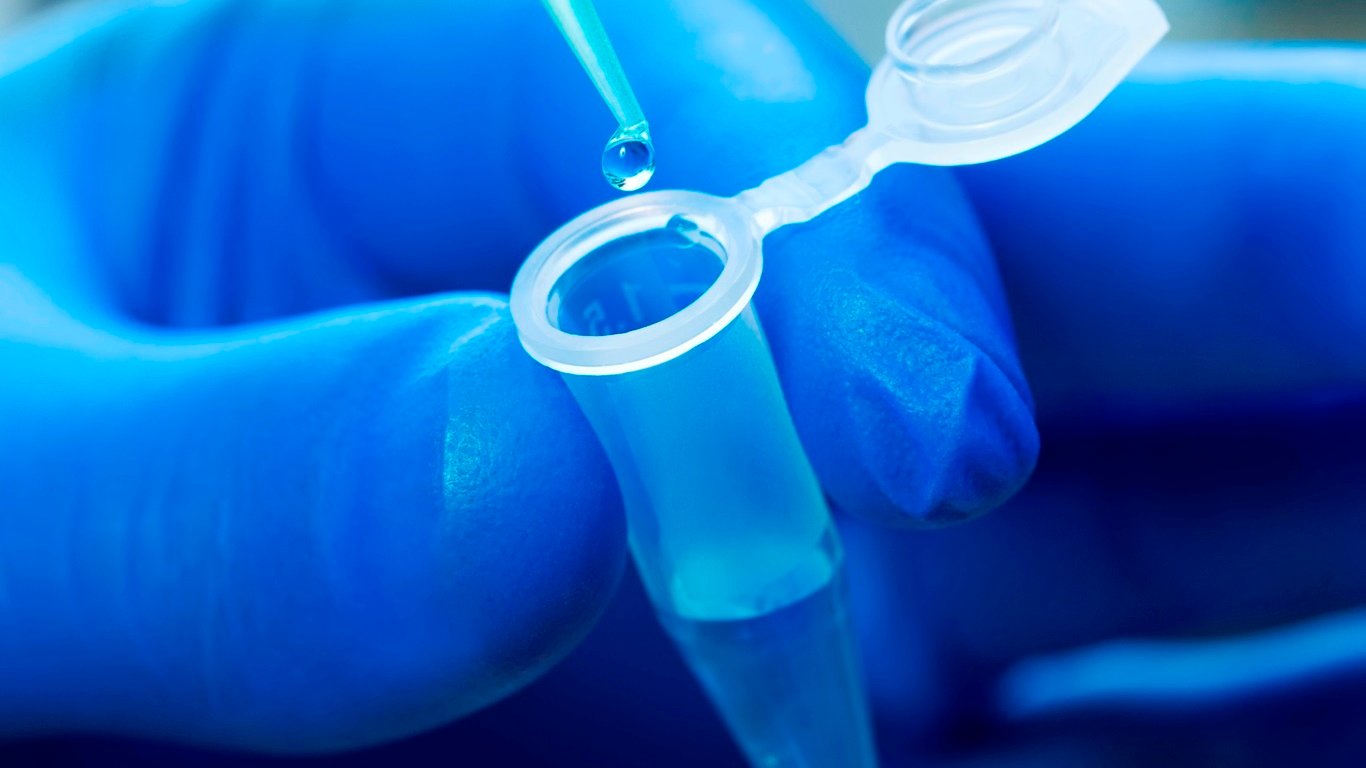

Over the past three decades, the unlimited investing potential of biotechnology was all about growth. Companies could grow from nothing to see untold billions of dollars selling cures and treatments for the likes of cancer, HIV/AIDS, hepatitis, diabetes, heart conditions and so on. Ultimately, all growth stocks become mature companies, and that process can be painful during that adjustment period.
Investors have historically viewed the pharmaceutical giants as defensive stocks that pay solid dividends. After all, unemployment can be up and gross domestic product can be down, but if you have a chronic disease or become ill, you are going to need treatment no matter what the state of the economy is. Things have changed in recent years, and the lines between Big Pharma and the maturing Big Biotech segment are becoming more blurred. That blurring of lines also has come as many Big Pharma players have acquired biotech outfits with valuations in the hundreds of millions way up into the tens of billions.
It turns out that some of the largest biotech companies are paying as much and even more than the top pharmaceutical companies. This might not have been as important in 2017 and 2018, when interest rates were on the rise, but now that interest rates have come down so much there needs to be some special attention here.
On last look, there is close to a combined $15 trillion of sovereign debt around the world that comes with the dreaded negative interest rates. The U.S. Treasury yields were last seen at 1.59% for the two-year note and 1.68% for the 10-year note, and the U.S. Treasury’s 30-year long-bond yield was at just 2.19%.
Health care stocks may be targeted by politicians for drug prices and for myriad other issues (opioids, generics, access and so forth). That said, most investors probably would bet that even pharmaceutical companies and the big biotech companies are more likely to see price appreciation over the next decade or two. Now add in the notion that investors can get far better than the 10-year Treasury note’s 1.68% yield and in some cases can get dividend yields that outpace the 30-year Treasury’s 2.19% yield.
24/7 Wall St. has evaluated all pharmaceutical and biotech companies that pay dividend yields above 2% based on their current prices. We also have set a floor of a $10 billion valuation to keep a focus on the companies that are both established and have seen a history of posting operating earnings. It turns out that the top U.S.-based dividend payers in health care actually have market caps that are all well in excess of $50 billion.
Merck & Co. Inc. (NYSE: MRK) and Pfizer Inc. (NYSE: PFE) are the two pure-play pharma stocks that are members of the Dow Jones industrial average. Pfizer has again become the most shorted stock of all Dow stocks, but its share performance has been bad enough that its dividend yield is now about 3.95%. Merck’s shares come with close to a 2.6% dividend yield, based on the current share price. Pfizer’s dividend is so much higher than Merck’s because Pfizer shares are down in 2019 by over 16%, versus nearly a 12% year-to-date gain for Merck.
AbbVie Inc. (NYSE: ABBV) remains the king of health care dividends, within the parameters of this screen, with a dividend yield of about 6.5%. The problem here is that its dividend is so high because the shares are down close to 30% so far in 2019, and the dominance and exclusivity of Humira rolling off has created a position in which the great revenue growth of the past is just not expected to continue in the coming years.
Johnson & Johnson (NYSE: JNJ) has some problems around both talcum powder and exposure to opioids, but this Dow stock is diversified in consumer products and medical devices and equipment on top of pharmaceuticals. It also can be counted on to continue its dividend growth after joining the ranks of companies hiking dividends for 50+ consecutive years. Its current yield of 2.88% is at a time when the shares are within a longer-term trading range and when the shares are still slightly positive for all of 2019.
Now that Big Biotech is no longer facing the same growth trajectories of the past, two biotech leaders have become big dividend players (and some stock buybacks to boot). Big biotechs also should have less exposure to the opioid crisis in America but will not be immune when it comes to high drug prices that also are being supplemented by far lower drug prices they charge to other nations.
Gilead Sciences Inc. (NASDAQ: GILD) used to have the title of the largest independent biotech stock in the world, but its market cap was last seen closer to $82 billion, now that its shares are just 4% higher so far in 2019. Still down Gilead now has a dividend yield of almost 3.9%, and analysts believe that the company’s earnings power is more than enough to continue on a path of strong capital returns via dividends and buybacks.
Amgen Inc. (NASDAQ: AMGN) is not having the revenue growth of the past, but a steady flow of earnings is helping it maintain more than a $120 billion market cap. Amgen also sports a 2.9% dividend yield that analysts believe is ample for dividend growth and stock buybacks, while the company may also be able to shrink its long-term debt exposure. Amgen’s stock performance had been negative in 2019 prior to a recent rally.
Bristol-Myers Squibb Co. (NYSE: BMY) is another top U.S. pharma player that has been sought by dividend investors. Despite a 9% drop in 2019, it still has a market cap above $77 billion, and its dividend yield is close to 3.5%. It has faced some disappointing drug development news, but it has been a grower of revenues and is expected to keep growing revenues for at least the next couple of years. The company also is not even paying out half of its adjusted earnings per share as dividends, but the company is also involved in a mega-merger of biotech giant Celgene Corp. (NASDAQ: CELG) in an effort to grab Celgene’s expected double-digit revenue growth ahead.
Eli Lilly and Co. (NYSE: LLY) is a $108 billion pharma player, and the flat performance seen so far in 2019 is actually disappointing, considering that this stock was up by nearly 15% in 2019 at the peak back in March. That pullback has helped to increase the current dividend yield for new investors, and its 2.3% or so dividend yield is only about 45% of this year’s expected earnings from operations and is less than 40% of next year’s expected operating earnings. Eli Lilly took a long hiatus on dividend hikes from 2009 through 2014, but it has grown its payout by almost 30% since that time.
One big biotech outfit that has yet to consummate paying a dividend is Biogen Inc. (NASDAQ: BIIB). The company has endured multiple changes over the years, and now that its revenue cycle is peaking, the company likely will need to join its biotech brethren paying a dividend. That said, it has been a large acquirer of its own shares, and some investors may still prefer to see the company spend up for an acquisition rather than to start returning capital to shareholders. Its shares were last seen down about 45% from its peak in 2015.
Sponsored: Attention Savvy Investors: Speak to 3 Financial Experts – FREE
Ever wanted an extra set of eyes on an investment you’re considering? Now you can speak with up to 3 financial experts in your area for FREE. By simply
clicking here you can begin to match with financial professionals who can help guide you through the financial decisions you’re making. And the best part? The first conversation with them is free.
Click here to match with up to 3 financial pros who would be excited to help you make financial decisions.
Thank you for reading! Have some feedback for us?
Contact the 24/7 Wall St. editorial team.
 24/7 Wall St.
24/7 Wall St.


